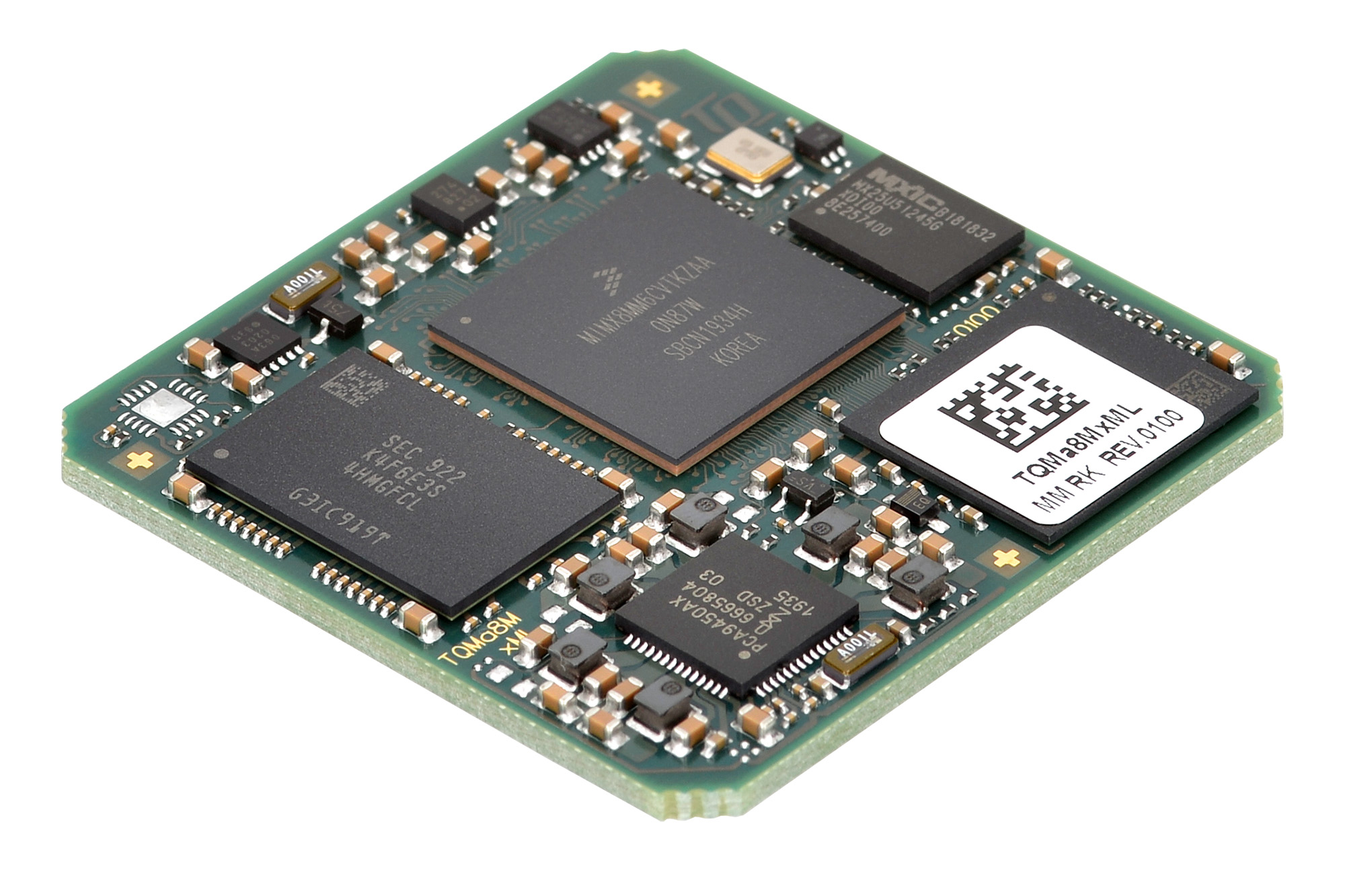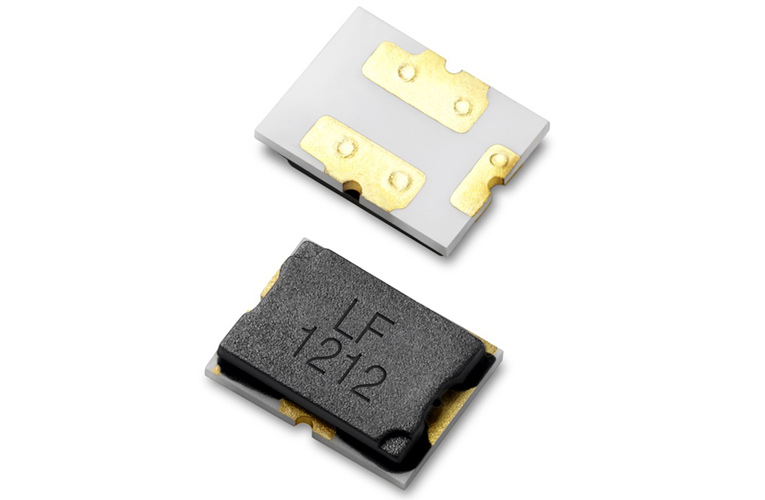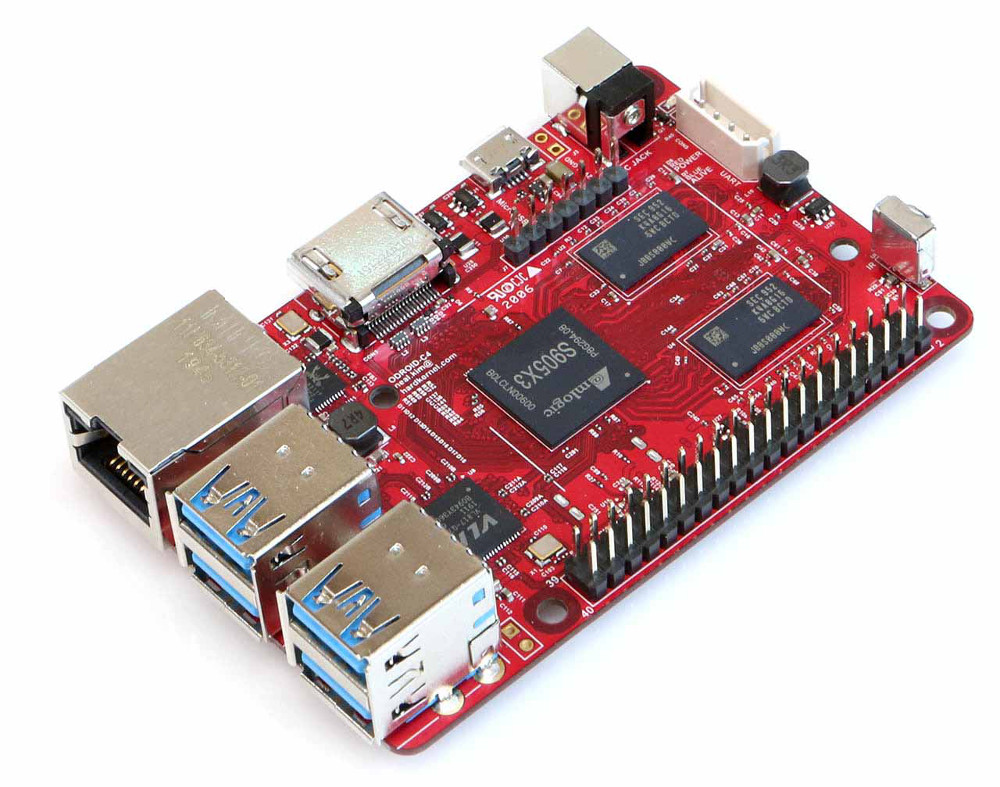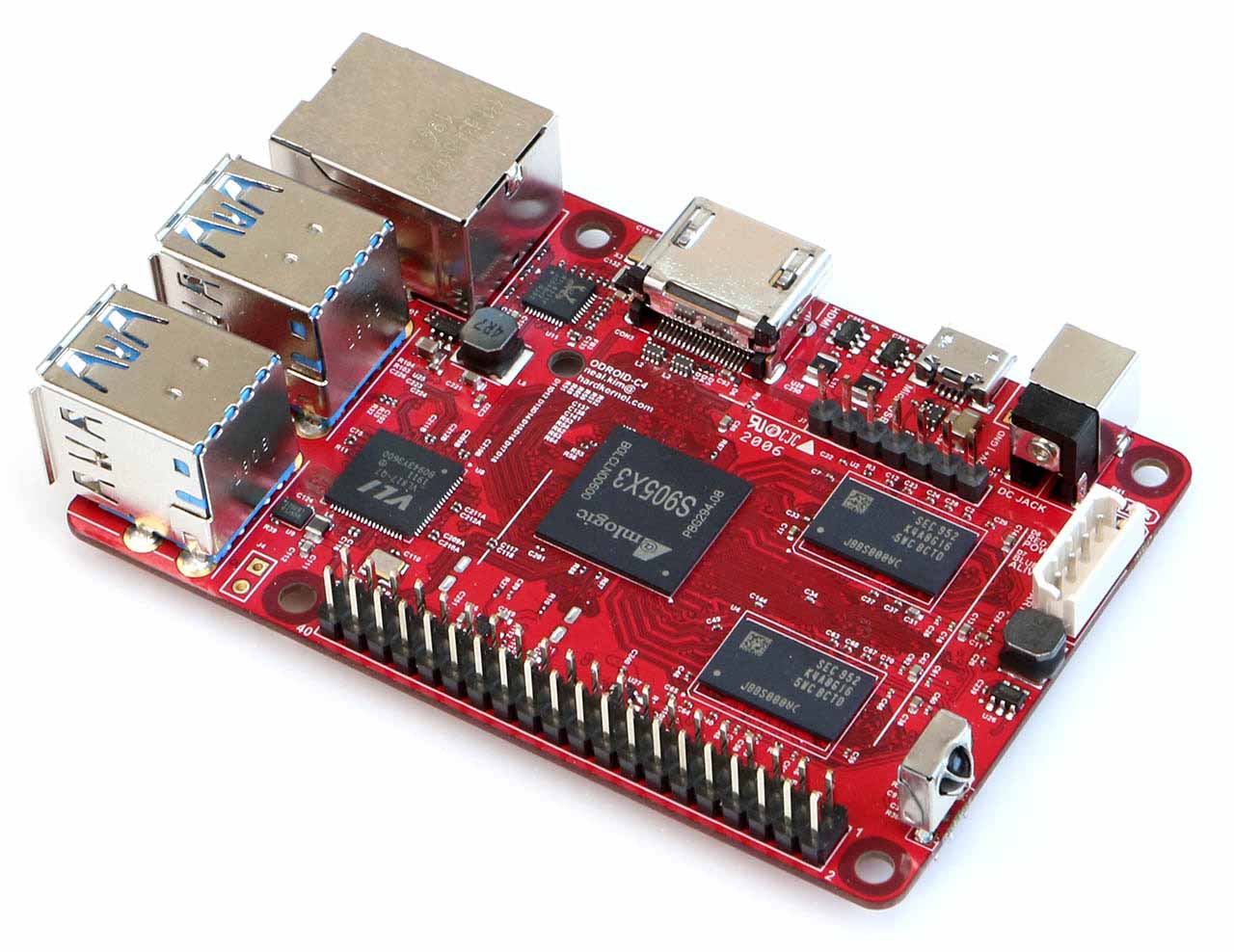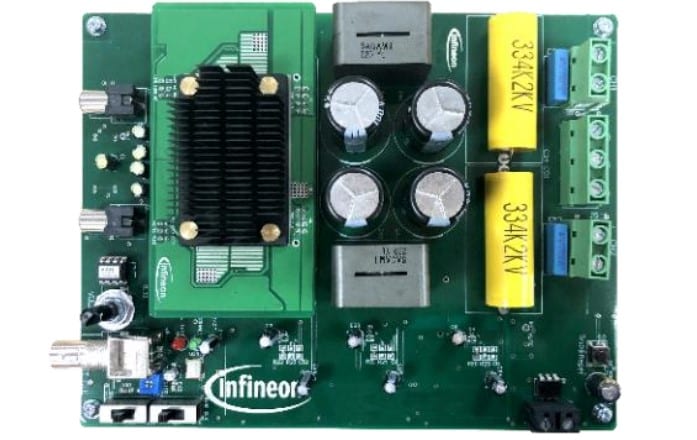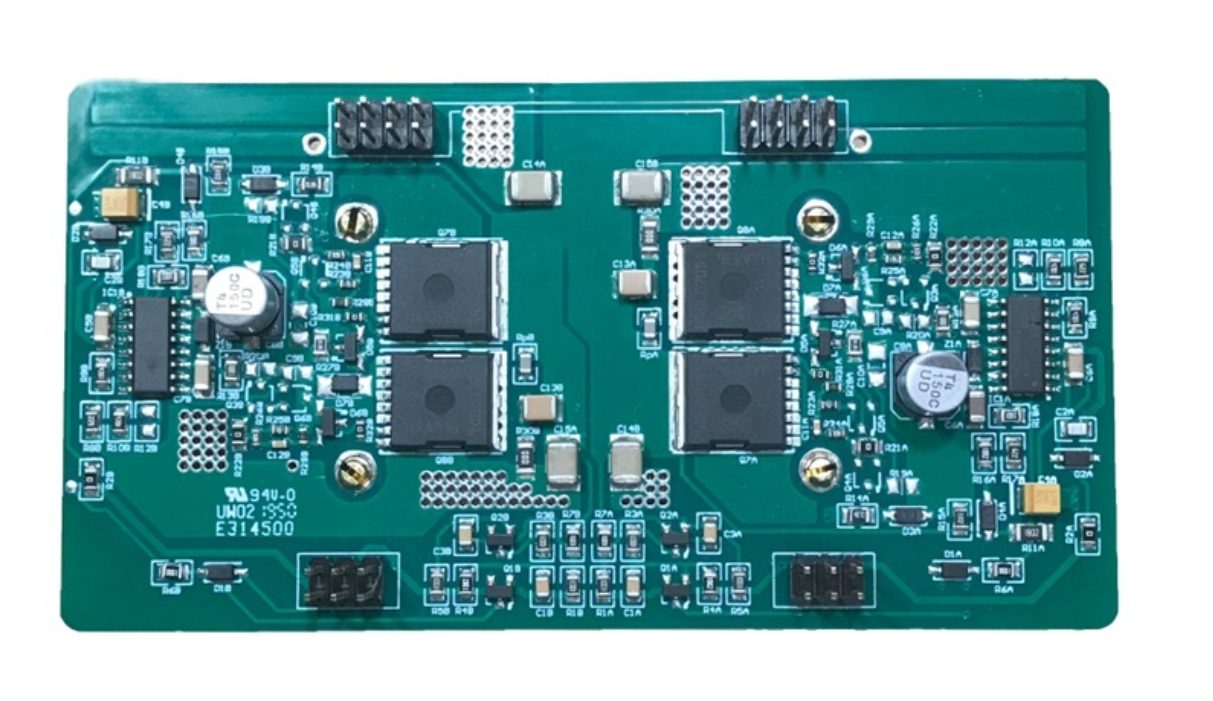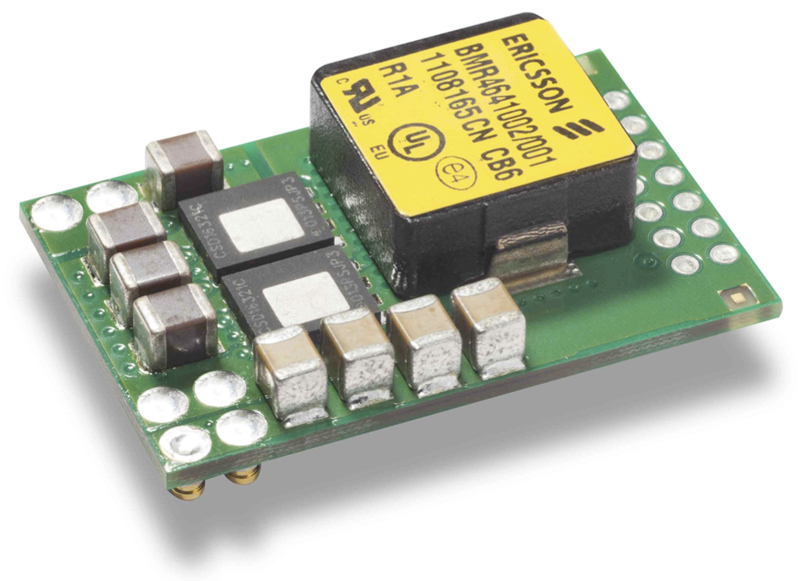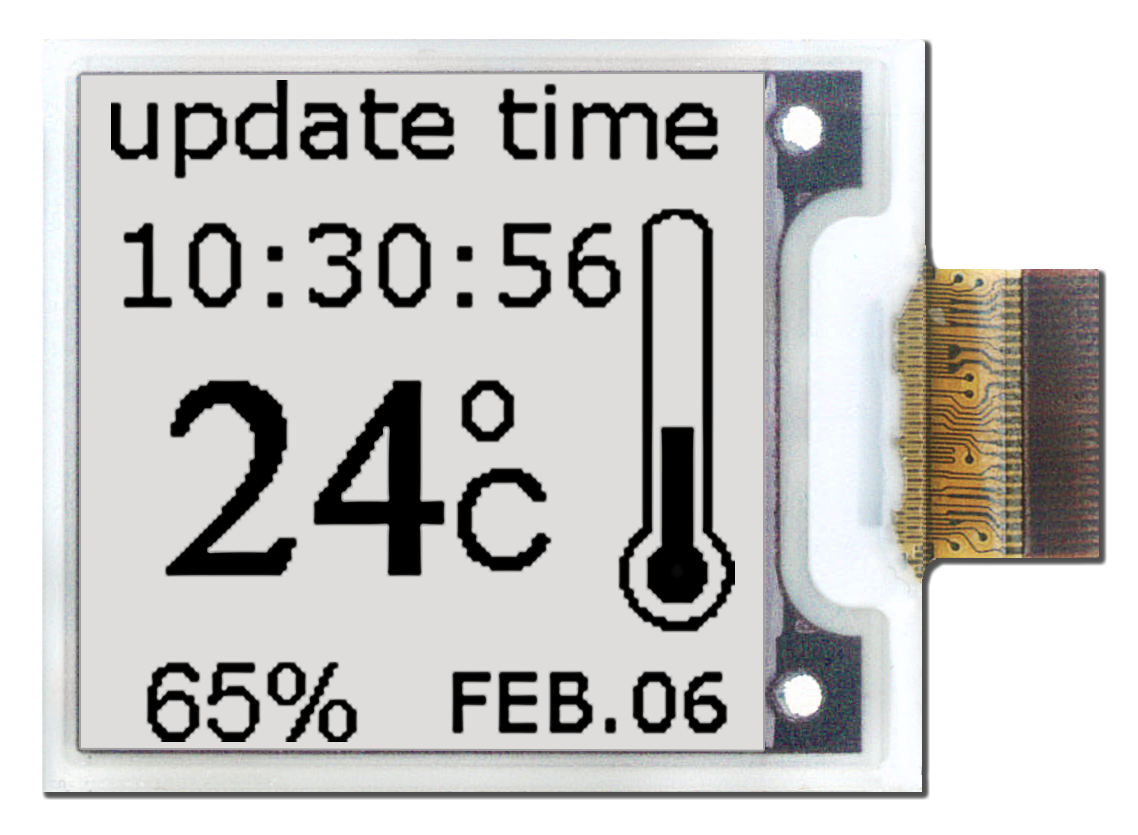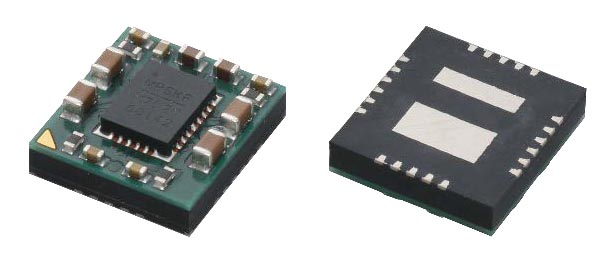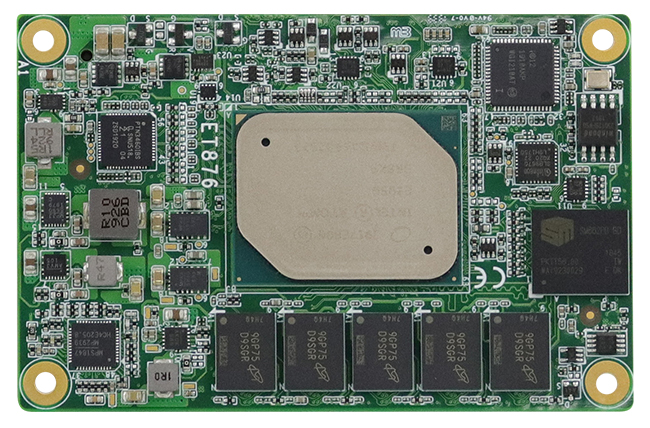The technology company TQ is expanding its i.MX8 product range with the new embedded module TQMa8MxML based on the i.MX8M Mini and Nano CPU family. It supports all nine CPU derivatives of the two families on the small LGA module and all signal pins are available in every configuration.
The i.MX8M Mini and Nano CPUs from NXP stand out within the i.MX8M family in that they are less expensive due to optimized features. TQ has decided to provide users with 100 percent of the signal pins in the form of an LGA module for the module design of the TQMa8MxML. In doing so, TQ has managed to combine the requirements of both CPUs in a common design. This allows users to choose the optimal variant for their needs and project. The module was equipped with an LPDDR4 with up to 4 GB on the i.MX8M Mini and 2 GB on the i.MX8M Nano. In addition, a QSPI NOR flash with up to 256 MB is available as an option to the included eMMC flash memory.
The i.MX8M Mini differs from the i.MX8 Nano in particular by its 32-bit wide memory interface compared to the 16-bit of the Nano. The Mini uses GC Nano Ultra as GPU, while the GC7000 Lite runs on the Nano. In addition, to reduce costs, the Nano does not have hardware support for video decoding and encoding
Both pin-compatible product families offer nine CPU variants (Dual Core, Quad Lite and Quad Core) with different expansion stages. The CPU-integrated Cortex-M4 processor supports numerous security functions.
The new ARM® Module TQMa8MxML from TQ offers an ideal core for applications from a wide range of areas thanks to its interface variety, scalable computing power with a small size of only 38 x 38 mm and low power consumption. These range from human-machine interfaces to camera and audio applications. In addition, there are many other possible applications in the industrial environment.
With these designs, TQ is not only expanding its i.MX8 product range, but is also expanding its LGA module series with an ARM Cortex-A53-based CPU architecture. TQ now supports all CPU families (i.MX8X, i.MX8, i.MX8M, i.MX8M Mini, i.MX8M Nano) from the i.MX8 series. Based on the i.MX8 CPU series, TQ is also planning operating system support for Android.
TQ is already working on a new design based on the newly announced i.MX8M Plus. In addition to TSN support, this derivative promises support for projects in which machine learning, machine vision, artificial intelligence and industrial IoT are relevant.
Prototypes will be available from mid-May.


